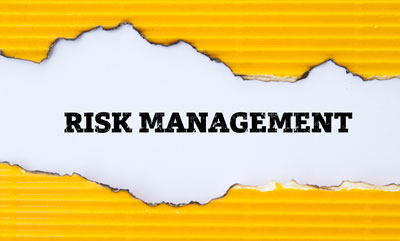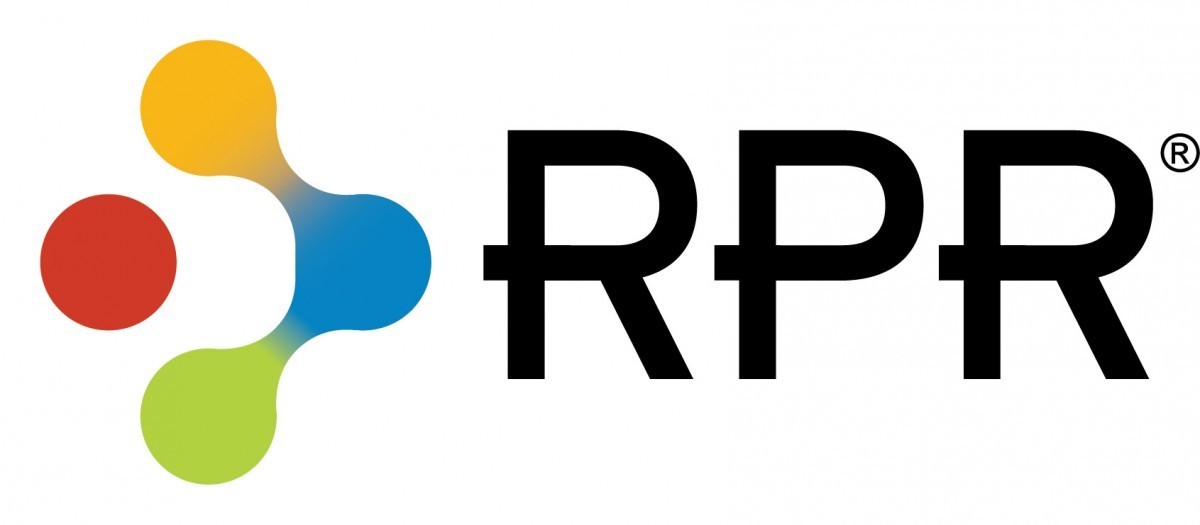
The Association has recently learned that New Mexico real estate brokers have one of the highest rates of E&O Claims in the country.
To help reduce claims in our area and keep your premiums from rising, we will feature resources throughout the year based on Risk Mitigation best practices. The first step is to better understand your policy. Here are tips from NAR's Risk Mitigation Committee to help you better understand your E&O Policy.
*********
UNDERSTANDING THE BASICS
Risk management is both avoiding or mitigating inherently risk-potential situations in business and dealing effectively with problems when they inevitably do occur. One of the tools used by brokers to manage the risk exposure for their firms is insurance. The typical office will carry many different types of insurance ranging from fire insurance for the office and its contents to liability for vehicles to fidelity bonds for employees who handle the firm’s money. One type of insurance that is unique to the real estate business is real estate agent errors and omissions insurance (Real Estate E&O insurance).
This guide is intended to help in two ways. First, it will assist brokers in making informed judgments regarding the purchase of E&O insurance products whether they are buying their first policy or renewing with an existing program. Second, the guide will also help sales agents in understanding real estate errors and
Error and omissions insurance and how it fits into their company’s risk management program.
KNOW YOUR POLICY
- E&O insurance provides coverage in instances where a real estate professional has failed to carry out his or her professional responsibilities or done so in a negligent manner.
- E&O insurance policies terms vary from insurance company to insurance company, and each will have its own set of exclusions and conditions. Comparing policies and understanding your coverage requires you read the policy itself.
- Understand from the policy who and what is covered; the conditions under which you are covered; the costs, limits and deductibles of coverage; and how your office policies can impact your insurance policy.
WHO IS COVERED BY THE POLICY?
- Does the policy cover both the firm’s employees and its independent contractors?
- Are personal assistants and team members of agents covered if they are not employees of the firm?
WHAT IS COVERED BY THE POLICY?
- Policy generally covers delivery of professional services by those insured
- There will be exceptions to the coverage that are listed in the policy. Which exclusions are present in your policy?
- What aspects of the real estate business are delivered by you and your firm and are they all covered by your policy?
- Don’t just accept exclusions that are important to your specialties when reviewing new policies; ask for coverage.
WHEN DOES COVERAGE BEGIN AND END?
- Understand the difference between claims-made and occurrence insurance policies and which applies to your policy.
- Make sure that there are not gaps in time when your coverage does not apply either before or after effective dates of a new policy.
HOW MUCH COVERAGE IS AVAILABLE
- The dollar limits of your policy should be appropriate to your business risk.
- What limits apply to the amount of coverage available for an individual claim?
- Is indemnity for any liability included or only defense cost?
- How will frivolous complaints be handled and can insured exercise any control over their settlement?
DEDUCTIBLE EXPENSE
- The size of the deductible impacts the cost and sometimes must be higher for the insurance to be available.
- How is the deductible applied? Is it to the entire claim or just any indemnity that has to be paid.
OFFICE POLICIES OF THE BROKER
- Strong risk management policies can help control the cost of insurance and may assist in broadening the areas the policy will cover.
- The portion of the premium paid by licensees and how it is paid should be explained in the office policies.
- Responsibility for paying the deductible (company vs. salesperson) should be a part of the office policy.
- Integrate your office policies with the insurance policies to ensure they do not conflict.
COST OF THE INSURANCE
- Start early so you can comparison shop whenever possible for insurance.
- Take control of the process by knowing who is reviewing your insurance needs.
- Carefully observing office procedures which avoid risk or manage it when issues do arise can make you look like a better risk to insurance companies.
The purpose of this informationis to provide a quick reference by which anyone can understand some of the key components and issues used to understand this type of insurance policy. It is not intended to be a substitute for the assistance of a qualified insurance specialist in accessing your insurance needs, but it does raise the important issues you should consider when evaluating an E&O insurance policy.
*********
If you have any questions about the above, contact your E&O Policy broker for clarifiction














Comments